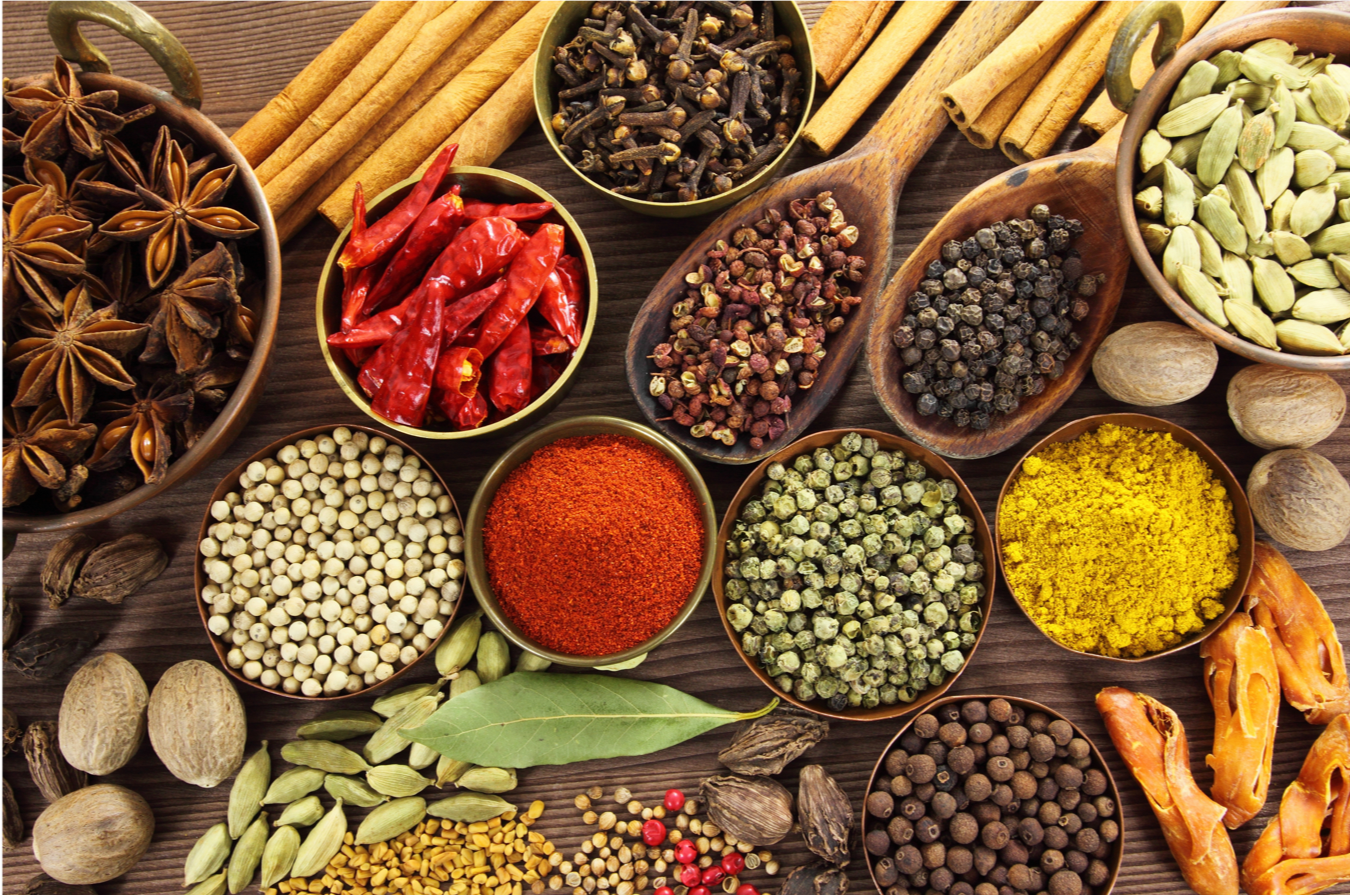Top 10 food tips for your next outdoor potluck
By Nancy Akinyi

Just what is it that makes Kenyan cuisine unique? While the country keeps in stride with the emerging trends worldwide, we have held our own and remained true to our unique palate and culinary exploits. The Kenyan menu reflects our rich social-cultural heritage while the meals serve a multi-sensorial experience. As you set off on a Kenyan food expedition, you are bound to find these ten along the way:
1 Ugali at the heart of every meal
In many parts of Kenya, no meal is complete without a generous serving of Ugali, a well- loved staple food. Made mainly from maize flour and water, and cooked into a brilliant white and flavourful mound, Ugali packs a perfect punch, pairing expertly with nyama and mboga. But just what is it that makes Ugali a holy grail of Kenyan cuisine? This starchy dish delivers unparalleled satiety, keeping hunger pangs at bay for extended periods. It is nutritious and affordable and can be made from a wide variety of flours milled from millet, sorghum and cassava.
2 Nyama, nyama, nyama is important
Nyama choma, or grilled meat, sits right up there with the best of Kenyan cuisine. Kuku (chicken), Nyama ng’ombe(beef), or nyama mbuzi (goat) are the most popular meats, often served as delicacies both in homes and social events. Nyama also holds an interesting cultural significance, and it is quite common to find places where certain cuts of meat are reserved specifically for either men, women or children – any deviation from such restrictions are said to result in serious consequences.
3 Avocado is bae
Kenyans love their avo. But who wouldn’t? The avocado is a versatile fruit that pairs well with salads, as well as bland and spicy meals. Rich in vitamins, minerals, fiber and healthy fats, the avocado also holds its own quite well, and can be enjoyed with a sprinkle of salt, sugar or lemon. Did you know? Kenya is one of the world Top 10 exporters of avocado.
4 Onions + tomatoes + water = soup
In many Kenyan homes, the standard soup, stew or stock is made in a predictable fashion: fry your onions, add your chopped tomatoes, season with salt, pour in some water then bring it to a boil! With cross cultural integration, technological advancements and globalization, soup is taking on a different path in many Kenyan kitchens – but being the Kenyans that we are, we remain true to our onion+tomatoes+water =soup orientation.
5 Any time is teatime!
Kenyans love their chai served hot and rich (milky). Kenyan chai overrides time and season and fits comfortably in any social setting – served on its own, with a snack, or after a hearty meal. Traditionally, Kenyans consume black tea – grown largely in the Rift Valley and Central parts of the country. Increasingly, green tea and purple tea are gaining popularity as healthy variants to this well-loved any time beverage.
6 It gets spicier at the coast
Fancy some heat and spice in your meals? The Kenyan Coast has you covered. Historically, the coastal towns of Mombasa and Lamu served as a melting pot of diverse cultures as a result of linkages between the local population and the Indian and Persian traders. It is no wonder that coastal cuisine is considered distinct and unmatched. With a plethora of exotic spices and time-tested traditions passed down from generation to generation, a coastal meal – be it the rich rice-based pilau or biriyani, the fresh coconut-infused samaki (sea food), or even the mahamri na mbaazi(cardamom-infused pancakes and pigeon peas in coconut sauce) – is a multi-sensorial experience.
7 Different regions cook differently
What makes Kenyan food so fascinating to explore is the fact people from different regions prepare it differently. For instance, ugali from the Kenyan coast is very different from that of the Nyanza lakeside region near Lake Victoria. Githeri, another popular meal made from a base of maize and beans, is cooked, and tastes markedly differently – in the Central Kenya regions, it is often enriched with a wide variety of vegetables – peas, potatoes and carrots - while in the western regions, it is quite common to find githeri featuring an assortment of different varieties of beans, peanuts and groundnuts.
8 There is a lot you can do with milk
Conservative estimates indicate that each Kenyan consumes approximately 125 liters of milk every year. Apart from serving as a key ingredient in the famed Kenyan Chai, milk is commonly fermented at home and consumed as maziwa mala or yorghut – a filling stand-alone drink, or accompaniment to main meals. It is also a key ingredient in marinades and traditional vegetables, and a base for making clarified butter, cheese and cream.
9 Fish is plentiful
There is no shortage of fish in Kenya. The fresh waters of Lake Victoria provide an endless supply of Nile Perch, Tilapia and omena (sardines), while the expansive Indian Ocean yields a bounty of prawns, lobsters, oysters, una(mackerel) and katashingo (sardines), to mention but a few. The cooking methods are as diverse as the species. While previous generations saw fish or seafood as a preserve of the “lake and coastal” people, today fish is widely accepted as a mainstream meal, and even raised in inland farms hundreds of miles away from the wide water bodies.
10 Wheat is king
Yes, we Kenyans love our wheat, in all its glorious forms. Whether that is bread, mandazi, mahamri or chapati, we embrace wheat on our dining tables as a delectable addition and palate soother.
Pro tip:
If you’re a foodie, Kenyan food is the new adventure you’ve been looking for. Once you taste it, you’ll definitely be back for more!
Catch Making the menu on HONEY, DStv channel WAT (16:00) CAT (17:00) EAT (18:00)







